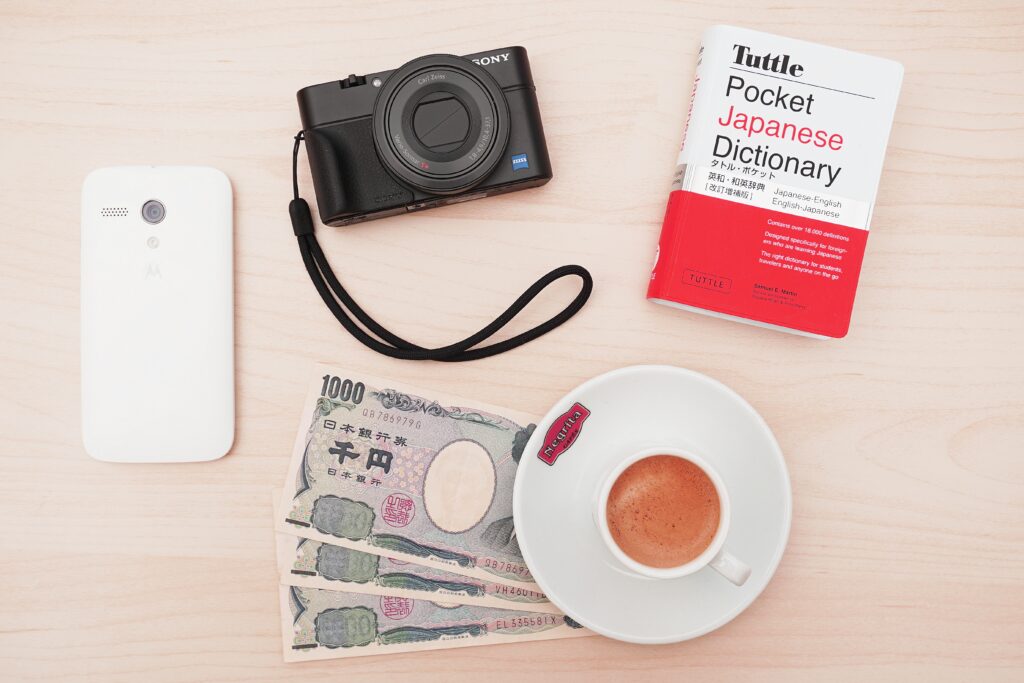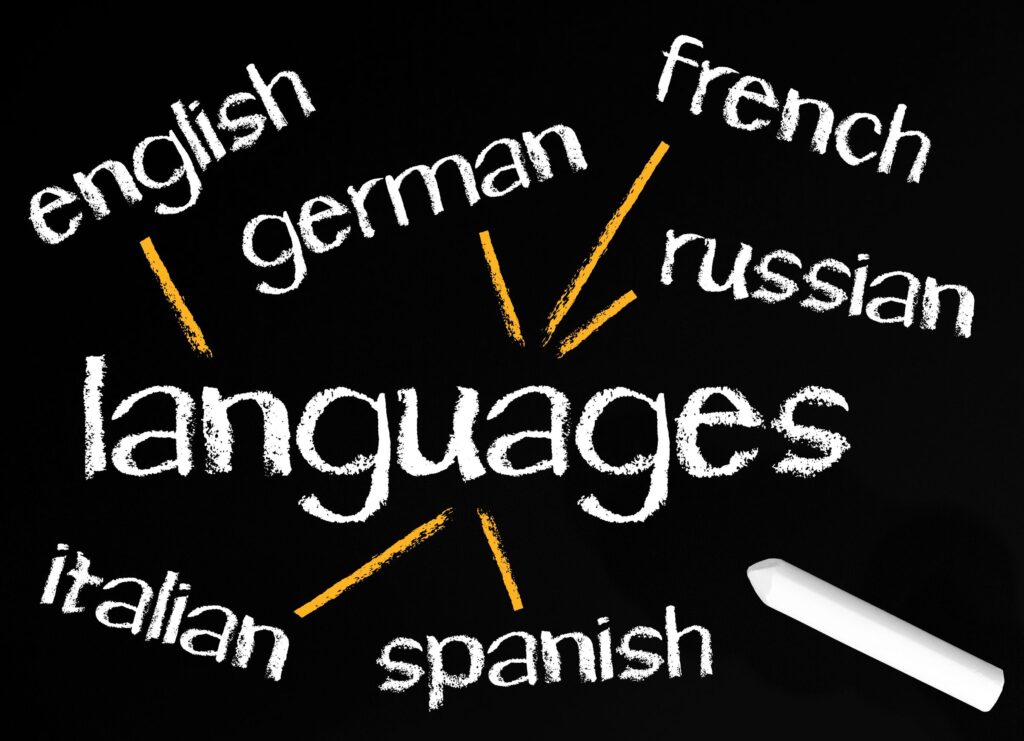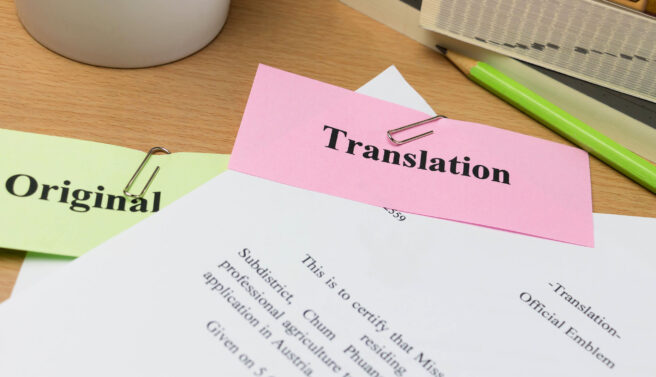It is that time of year again where we reflect on the past and look to the future. With a new year comes excellent expectations but also a lot of uncertainty. When was the first New Year? What did people do for New Year’s Eve in Ancient Rome? How were celebrations different in other cultures across centuries? In this blog post, we will explore some interesting facts about the history of New Year’s Eve!
When did the celebration of New Year start?
There is no one answer to this question, as different cultures have their way of celebrating the New Year. However, many historians believe that the first celebration of the New Year happened sometime around 4000 BC in Mesopotamia (a region located in modern-day Iraq). The Babylonians were one of the first civilizations to celebrate the New Year, and they did so by holding a festival called Akitu. This festival was held over a period of 11 days, and it marked the beginning of a new year cycle.
The Roman Senate also proclaimed January 1st as the official start of the New Year in 153 BC. They did this because it coincided with Julius Caesar’s being appointed dictator for life. January 1st continued to be celebrated as the New Year throughout most of the Western world. However, it was not until 1582 that England declared January 1st as New Year’s Day, and they did so because Pope Gregory XIII modified the calendar system.
When were fireworks invented?
The invention of fireworks is an interesting story in itself! In 950 BC, China had what we now call a ‘rocket festival’ where they would launch rockets with bamboo stems filled with gunpowder into the sky to scare away evil spirits. The Chinese used many different colors during their festivals. Each color represented a different meaning: red meant celebrations, gold symbolized wealth and good luck, white represented truthfulness or purity, while green stood for health or long life. This practice spread across Asia over time and reached Japan by 500 AD.
Japan was one of the first countries to develop fireworks for New Year’s celebrations. It is believed that the Japanese used spherical shapes in their early pyrotechnics because they symbolized perfection and fullness, which are two qualities that were highly valued at this time of year. Fireworks have since become a staple part of most significant holidays across China, Japan, Korea, and India. The Chinese brought them to Europe during trade missions around 600 AD, where they quickly became popular with royals who would use them as entertainment during festivals. By 1420 Europeans had begun making colored firework displays using tubes filled with gunpowder—this marked the birth of modern-day European-style fireworks! Today, different types of fireworks are available, including rockets (the earliest), fountains, mines, and sparklers.
In what other cultures was New Year celebrated?
New Year celebrations did not happen the same way across all cultures! In Japan, for example, a major part of their celebration is called Hatsumode, which takes place during the first three days of January. People would traditionally begin the year by visiting Buddhist temples or Shinto shrines to pray for good health and prosperity in the months ahead. The Japanese also have special foods eaten at this time—the most typical one being osechi which consists of many different dishes, including fish cakes, sushi rolls, and sticky rice with red beans (this dish has been eaten since 800 AD). However, you should note that despite its popularity, Hatsumode is not a national holiday and most people still go to work or school as usual.
Similarly, in India, the New Year is celebrated in different ways across different states. The most famous festival is Diwali, which celebrates the victory of good over evil. This festival usually falls in October or November and lasts for five days. During this time, families will gather to light lamps, exchange gifts, and eat special foods like sweets and chickpea flour pancakes called faral. Another major Indian New Year festival is Holi which celebrates the arrival of spring. It takes place in March each year and is known for its colorful powder that people throw at one another!
What are some other traditions associated with New Year’s Eve?
One of the most popular New Year traditions has to be the ball drop! This tradition started in 1907 when a sizeable illuminated sphere was lowered from a flagpole at the end of a New York City building. The event took place on December 31st. It is still going strong today—it even has its website where people can track what time this year’s ball will drop (the site also provides information about other events happening across different countries). In fact, many cities around the world have their very own iconic way to celebrate midnight! For example,
London uses an extravagant fireworks display called ‘The Big Ben,’ which happens along with music performed by ‘Auld Lang Syne. Rome takes advantage of ancient history by dropping an illuminated grape from the top of the Colosseum. At the same time, Sydney uses a giant mirror ball and firework show at its famous opera house.
How do people around the world greet each other happy new year?
People all over the world greet each other with a happy new year! However, this phrase varies depending on where you live, so it’s always good to know both versions. For example, people say ‘Happy New Year’ in English-speaking countries or simply just ‘New Year.’ In Spanish, they would use Feliz Año Nuevo, and in French, Bonne Annee (Bon Anniversaire is also used by those celebrating their birthday during this time of year). If you’re living in Russia, then Happy New Year can be said as Spokoinoi Nochi Dobro Pozhalovat, which literally means have a good night but sounds better when translated into something more casual like enjoy your evening.
This article has been a brief overview of the history of “Happy New Year.” The next time you hear this phrase or say it yourself, for that matter, reflect on how tradition and culture make life’s milestones more meaningful. We hope you have a Happy New Year in 2022!
Stay safe and Have a Happy New Year!
The COVID-19 pandemic is not yet over, even if 2021 is ending. As we overcome many challenges, you should strive to stay safe, healthy, and informed. eTranslation Services is here to help you translate your message in over 200 languages to communicate better with all the people you want to reach. Please contact us via email at [email protected] or call us at (800) 882-6058.



